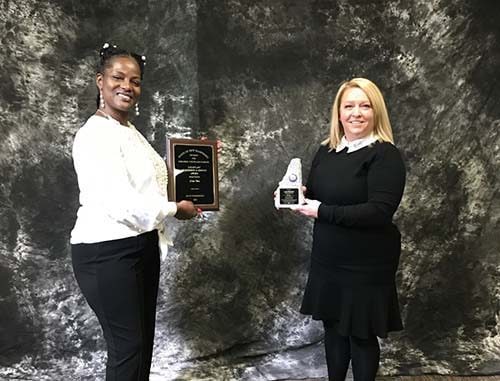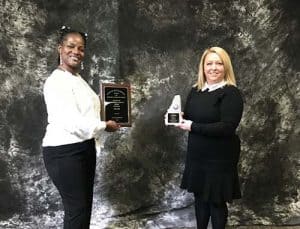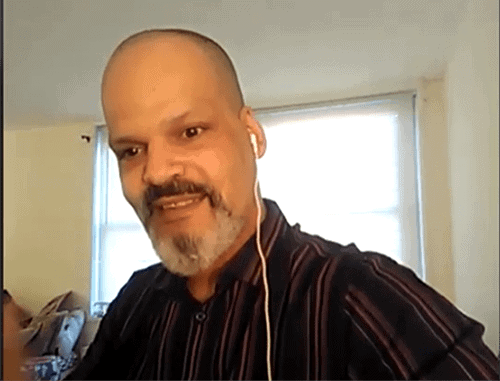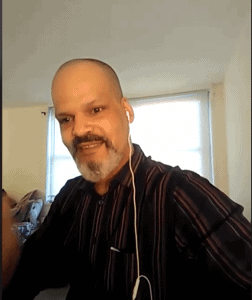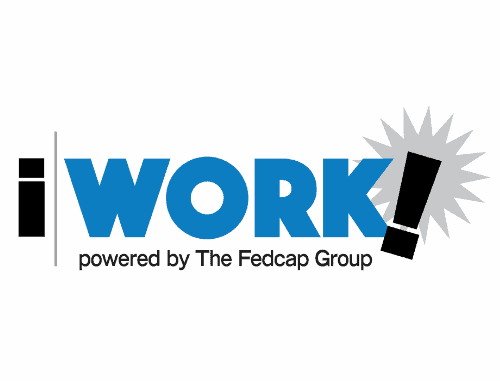Are You Paying Attention to Organizational Health?

May 10, 2021
Peter Drucker famously said, “What gets measured gets managed.” It is not difficult to imagine the converse, when something goes unmeasured, it is vulnerable to being unmanaged.
The challenge is in measuring the right things—data that really tells you about the corporate health and performance of your organization.
In a recent article in the McKinsey Quarterly on successful organizations, the authors stressed that outperforming companies set clear, measurable organizational-health targets in conjunction with their financial objectives. This concept of organizational health targets is worthy of taking the time to dissect. It includes dimensions such as leadership, accountability, innovation and learning.
An organization’s health—its ability to align around and achieve strategic goals—is critical for long-term performance. However, many leaders struggle to find a clear way to measure and improve it. They focus solely on financial performance. And yet, according to McKinsey, which has been monitoring the health of well over a thousand companies for more than 15 years, companies that are healthy (as measured by a diverse set of benchmarks) consistently outperform their peers.
The following reflect McKinsey’s suggestions for how to “jump start” measurement of organizational health:
- Set a strategic direction and build a shared vision that has been translated into crisp goals and milestones. Every member of the organization must know where the company is going, how it will get there and how progress will be measured along the way. And then practice leadership by walking around, holding Zoom conference calls. Find out if your staff know what they need to know. Track your findings.
- Provide clarity and meaning for staff at all levels of the company. Ensure that everyone understands what they are accountable for to advance the strategic direction and vision of the company. This requires finding ways to tie an employee’s day-to-day activities to the company’s vision and strategy. In staff focus groups and employee surveys, leaders might find it valuable to ask staff if they understand how their job relates to the company’s goals. Track your findings.
- Spark ideas and innovation–capturing fresh new approaches from people external and internal to the organization and then operationalize the idea—rapidly. When stakeholders and staff see their ideas being implemented, it creates a tremendous sense of shared ownership in outcomes. Track the types of innovations that are generated and the success of implementation.
- Cultivate strong operations. This requires a rigorous level of discipline—where people are held accountable for performance expectations and in return there is a high degree of investment by company leadership in the employees. Maintaining operational discipline places a premium on supportive leadership including creating effective teams and demonstrating concern for the welfare of employees. Then ask employees—do they feel supported and part of an effective team? Why or why not?
Measure results and then measure them again, and again.
Investment in organizational health, when tied to strong financial performance, leads directly to long term sustainability.
10 mayo 2021
¿Estás poniendo atención a la salud organizativa?
Peter Drucker lo dijo estupendamente: “Lo que se mide puede manejarse”. No es difícil imaginar lo contrario, cuando algo no está medido, es vulnerable a no ser manejado.
El desafío consiste en medir las cosas apropiadas; datos que realmente te hablen de la salud corporativa y del rendimiento de tu organización.
En un artículo reciente en el “McKinsey Quarterly”, acerca de organizaciones exitosas; los autores destacaron que las empresas que obtienen mejores resultados establecen objetivos organizativos y de salud, claros y medibles, junto con sus objetivos financieros. Este concepto de objetivos de salud organizativos; vale la pena de tomarse el tiempo para revisarlos minuciosamente. Estos incluyen elementos como: el liderazgo, la rendición de cuentas, la innovación y el aprendizaje.
La salud de una organización, su capacidad para alinearse en torno a y alcanzar objetivos estratégicos; esto es fundamental para el desempeño a largo plazo. Sin embargo, muchos líderes luchan por encontrar un camino claro para medirlos y mejorarlos. Ellos se centran únicamente en el rendimiento financiero. Y sin embargo según McKinsey, que ha estado monitoreando la salud de por lo menos mil empresas durante más de 15 años; las empresas que están sanas (medidas por un conjunto diverso de puntos de referencia) superan consistentemente a sus pares.
A continuación, se reflejan las sugerencias de McKinsey sobre cómo “arrancar de emergencia” la medición de la salud organizativa:
- Establecer una dirección estratégica y construir una visión compartida, que se haya traducido tanto en objetivos nítidos como logros. Cada miembro de la organización debe saber hacia dónde va la empresa, cómo llegará allí y cómo se medirá el progreso en el camino. Y luego practicar el liderazgo observando alrededor, llevando a cabo llamadas de conferencias por “Zoom”. Dándote cuenta, si tu personal sabe lo que necesita saber. Monitorea tus hallazgos.
- Proporcionar claridad y significado para el personal, en todos los niveles de la organización. Asegurándose de que todos entiendan de lo que son responsables, para fomentar tanto la dirección estratégica como la visión de la organización. Esto requiere encontrar maneras de vincular las actividades diarias de un empleado/a a la visión y estrategia de la empresa. En los grupos de sondeo del personal y las encuestas de los empleados; los líderes podrían encontrar valioso preguntar al personal; si entienden cómo se relaciona su trabajo con los objetivos de la empresa. Monitorea tus hallazgos.
- Animar ideas e innovación, capturando nuevos planteamientos para la organización; tanto de personas externas como internas y luego poniendo en acción la ideas rápidamente. Cuando las partes interesadas y el personal ven sus ideas siendo implementadas; crea una tremenda sensación de propiedad compartida en los resultados. Monitorea los tipos de innovaciones que se generan y el éxito de la implementación.
- Cultivar operaciones fuertes. Esto requiere un nivel riguroso de disciplina; donde las personas son responsables de las expectativas de desempeño y a cambio hay un alto grado de inversión por parte del liderazgo de la empresa en los empleados. Manteniendo la disciplina operativa, pone una prima en el liderazgo de apoyo; incluyendo la creación de equipos eficaces y la demostración de preocupación por el bienestar de los empleados. Entonces, pregunta a los empleados: ¿si se sienten apoyados y forman parte de un equipo eficaz? ¿Por qué o por qué no?
Mide los resultados y luego mide nuevamente, y de nuevo otra vez.
La inversión en salud organizativa cuando está ligada a un sólido desempeño financiero, te lleva directamente a la sostenibilidad a largo plazo.





